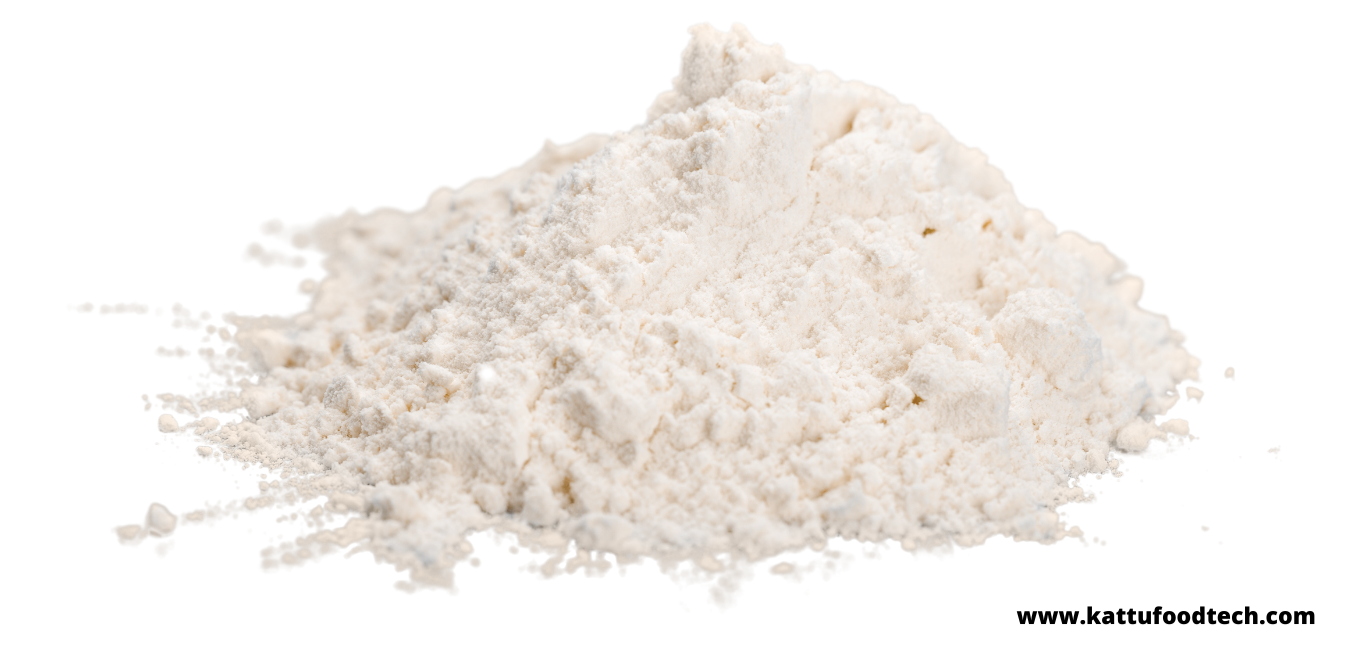Currently Empty: $0

Food Science & Technology Quiz (03-03-2022)
Q1. The flours have a particle size range from?
- 20 – 40 μm,
- 70 – 400 μm,
- 100-5000 μm
- 800 – 8000 μm
ANSWER: C. 100-5000 μm
- Explanation: Granules are a little coarser in size, with particle sizes ranging from 200 to 4000 microns; examples of granules are instant milk, instant coffee, and semolina. They should be able to flow freely and have a low bulk density. Cereal flours, nut flours, and soy flours are examples of flours with a particle size range of 100-5000 m, and they have irregular particle shapes, greater size, and low fluidity.
READ MORE – Food Science & Technology Quiz (03-02-2022)
Q2. Liquid or paste type raw materials can be converted into suitable quality powder by using?
- Spray drying
- Freeze-drying
- Drum drying
- All of the above
ANSWER: D. All of the above
- Explanation – Depending on the raw material and the properties sought in the powder, different processes are employed to manufacture different types of powders; for the liquid and paste, different unit activities are utilized. Spray drying, freeze-drying, drum drying, belt drying, and crystallization can all be used to turn liquid or paste raw materials into sufficient grade powder. Each of these procedures necessitates a unique parameter, unit operation, and preliminary phase, among other things.
READ MORE – Food Science & Technology Quiz (13-02-2022)
Q3. _________ is the process that may result in the instantization of the material and for making granules of the instant coffee granules or milk powder granules etc.
- Instantization
- Agglomeration
- Pulverization
- All of the above
ANSWER – B. Agglomeration
- Explanation: Agglomeration is a process that can result in the instantization of a substance and the production of granules such as instant coffee granules, milk powder granules, and so on. Agglomeration occurs during spray drying, and it can happen in three stages: zone 1, zone 2, and zone 3 depending on the spray dryer number. Droplet coalescence and interaction between wet droplets and small particles generate weak agglomerates in zone 1. The particles then recirculate in zone 2 before exiting, allowing sticky and dry particles to collide and create agglomerates. Finally, the creation and stabilization of the agglomeration take place in zone 3.
READ MORE – Food Science & Technology Quiz (23-02-2022)
Q4. ________ is formed when small droplets of high moisture content with fine particles and spread over the surface.
- Onion
- Grapes
- Raspberry
- Strawberry
ANSWER: A. Onion
- Explanation: The various agglomeration formations can resemble onions, raspberries, compact grapes, or loose grapes. One can achieve the structural appearance by having correct process conditions, such as temperature or particle velocity; for example, onion is generated when minute droplets of high moisture content with fine particles are dispersed across the surface.
READ MORE – Food Science & Technology Quiz (23-02-2022)
Q5. Probiotic beverage mix should have more than _________ of probiotics.
- 100 cfu/ ml/ g
- 106 cfu/ ml/ g
- 80 cfu/ ml/ g
- 50 cfu/ ml/ g
ANSWER: B. 106 cfu/ ml/ g
- Explanation – Because these beverages are high in prebiotics, they make a suitable fortification substrate. Pasteurized and inoculated with probiotic bacteria, such as Lactobacillus plantarum 10 percent (v/v) as starting culture, the beverage premix is ready to drink. Finally, the material is freeze-dried at -49⁰C after being incubated at 45⁰C for the bacteria to proliferate. More than 106 CFU/ ml/ g of probiotics should be included in a probiotic beverage mix.
READ MORE – Food Science & Technology Quiz (01-03-2022)

 0
0

